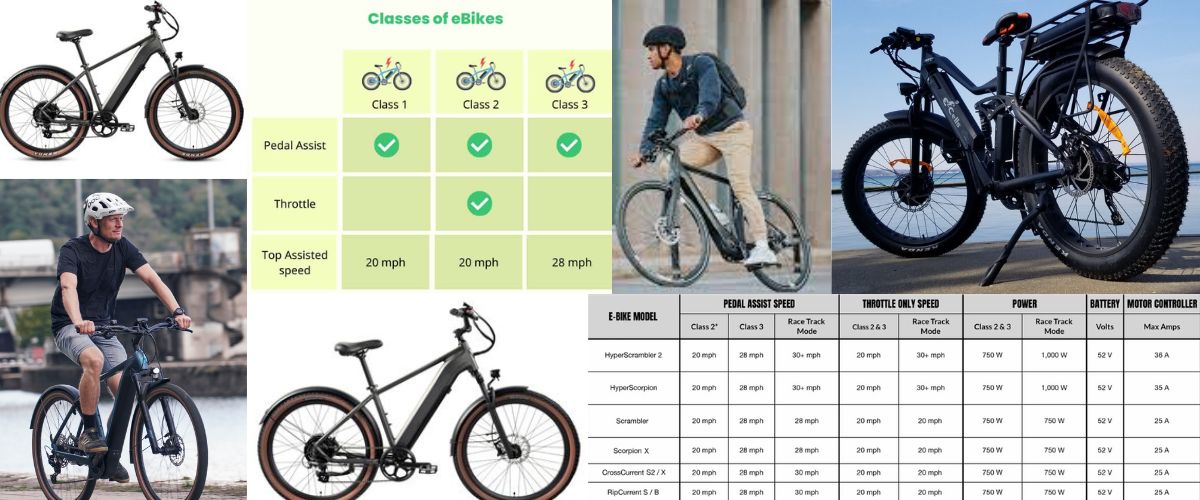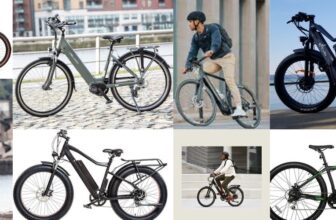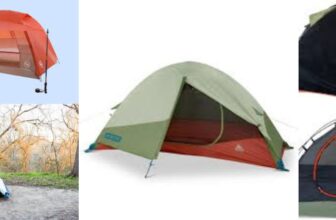
Updated on August 1, 2024
Electric bikes, or e-bikes, are rapidly gaining popularity as a convenient and eco-friendly mode of transportation. One of the most frequently asked questions about e-bikes is, “How fast can they go?” The answer depends on several factors, including the type of e-bike, its motor power, and the regulations in place where you live.
Types of E-Bikes and Their Speeds
E-bikes are generally classified into three categories based on their speed and the level of assistance they provide:
- Class 1 E-Bikes:
- Speed Limit: 20 mph (32 km/h)
- Pedal Assist Only: These e-bikes provide assistance only when you pedal. Once you reach 20 mph, the motor stops assisting, and you must rely solely on your pedaling power to go faster.
- Class 2 E-Bikes:
- Speed Limit: 20 mph (32 km/h)
- Throttle and Pedal Assist: Class 2 e-bikes can be powered by a throttle, allowing you to reach speeds of up to 20 mph without pedaling. They also offer pedal assist, which works similarly to Class 1 e-bikes.
- Class 3 E-Bikes:
- Speed Limit: 28 mph (45 km/h)
- Pedal Assist Only: These e-bikes provide assistance up to 28 mph. They are often used for commuting and are subject to more regulations due to their higher speeds.
Factors Affecting E-Bike Speed
While the classification provides a general idea, several factors can influence the actual speed of an e-bike:
- Motor Power: E-bikes come with motors ranging from 250 watts to 750 watts or more. Higher wattage generally means more power and potentially higher speeds, especially when climbing hills.
- Battery Capacity: A larger battery can provide more consistent power, allowing the bike to maintain higher speeds for longer periods.
- Rider Weight and Terrain: Heavier riders or steep inclines can reduce the speed of an e-bike, as the motor has to work harder to overcome the additional resistance.
- Wind Resistance: Riding into a headwind can significantly slow down an e-bike, while a tailwind can help you go faster.
Tips for Maximizing Your E-Bike’s Speed
- Maintain Your E-Bike: Regular maintenance, such as keeping tires inflated to the correct pressure and ensuring the chain is well-lubricated, can help your e-bike run more efficiently.
- Optimize Your Riding Position: A more aerodynamic position can reduce wind resistance and help you achieve higher speeds.
- Use the Right Gear: Shifting to the appropriate gear for the terrain can make a big difference in your speed and the effort required.
- Plan Your Route: Choosing routes with fewer stops and smoother paths can help maintain a consistent speed.
Legal Considerations
It’s important to be aware of local regulations regarding e-bike speeds. Many regions have specific laws governing where and how fast e-bikes can go. Always comply with these regulations to ensure safety and avoid fines.
Conclusion
E-bikes offer a versatile and efficient mode of transportation, with speeds varying based on their class and several other factors. By understanding these factors and following a few simple tips, you can maximize your e-bike’s performance and enjoy a swift, smooth ride.






